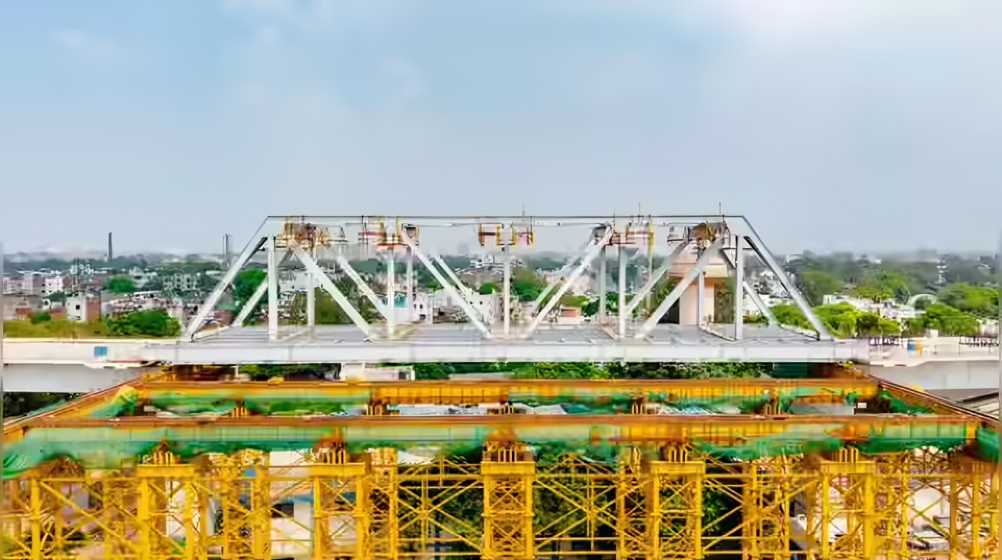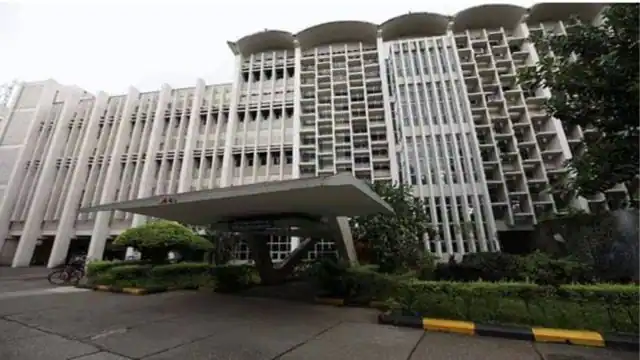The Navi Mumbai International Airport (NMIA), one of India’s most ambitious aviation infrastructure ventures, has achieved a major milestone with the completion of all airside works. Officials from the City and Industrial Development Corporation (CIDCO) confirmed that the runways, taxiways, and associated airside infrastructure are now fully constructed and ready for operational readiness testing. This development marks a significant step towards positioning NMIA as a strategic aviation hub for Western India.
Attention has now shifted to finalising the terminal building and ground connectivity infrastructure, which are in their concluding stages. The airport has entered the critical phase of Operational Readiness and Airport Transfer (ORAT) — a comprehensive evaluation of airport systems, staffing, and procedures ahead of full-scale operations. The Directorate General of Civil Aviation (DGCA) is currently processing the mandatory Aerodrome Licence, while the Bureau of Civil Aviation Security (BCAS) is handling security clearances. Senior officials have expressed confidence that these procedural requirements will be completed on schedule.
CIDCO has intensified inter-agency coordination to adhere to strict deadlines, with public agencies, engineering consultants, and private stakeholders working collaboratively. Notably, the DGCA is already reviewing airline slot requests, signalling robust interest from both domestic and international carriers.
Ensuring efficient ground connectivity has emerged as a top priority. CIDCO is working alongside the National Highways Authority of India (NHAI) and regional authorities to provide seamless road access to the new airport. This is essential for smooth passenger and cargo movement and to prevent future traffic bottlenecks. All landside infrastructure is expected to be completed before the airport’s inauguration.
In its first phase, NMIA is designed to handle 20 million passengers annually, eventually scaling up to accommodate 90 million passengers and 3.2 million tonnes of cargo per year. Key features of the initial phase include a Code F-compliant runway for wide-body aircraft, parallel taxiways, a passenger terminal (T1), dedicated cargo facilities, and all essential support systems.
What truly distinguishes NMIA is its sustainability-led approach. Spread over 1,160 hectares, the airport has been conceived with a strong environmental focus, incorporating solar energy systems, rainwater harvesting, and green construction practices. These features align NMIA with global standards for low-emission, climate-resilient infrastructure. Once operational, the airport is expected to alleviate the growing pressure on Mumbai’s existing Chhatrapati Shivaji Maharaj International Airport (CSMIA), which is already nearing capacity.
Beyond easing air traffic congestion, NMIA is envisioned as a catalyst for regional economic growth. Urban planners and sustainability experts regard the airport as a transformative model for integrated development, where logistics, commercial and residential sectors are harmoniously linked. The project is expected to generate thousands of jobs, spur real estate activity, and anchor Maharashtra’s vision for a future-ready urban ecosystem.
Despite earlier delays caused by environmental hurdles, land acquisition disputes, and pandemic-induced disruptions, project officials now assert that implementation has been streamlined through better oversight and enhanced transparency.
As the final stages of terminal construction and access roads near completion, public anticipation is mounting. Industry analysts believe NMIA could emerge as a national benchmark — showcasing how infrastructure, economy, and ecology can co-exist effectively. If realised as planned, the Navi Mumbai International Airport could redefine India’s aviation future, offering a sustainable, efficient, and globally connected gateway for decades to come.
Source: Open Acres





